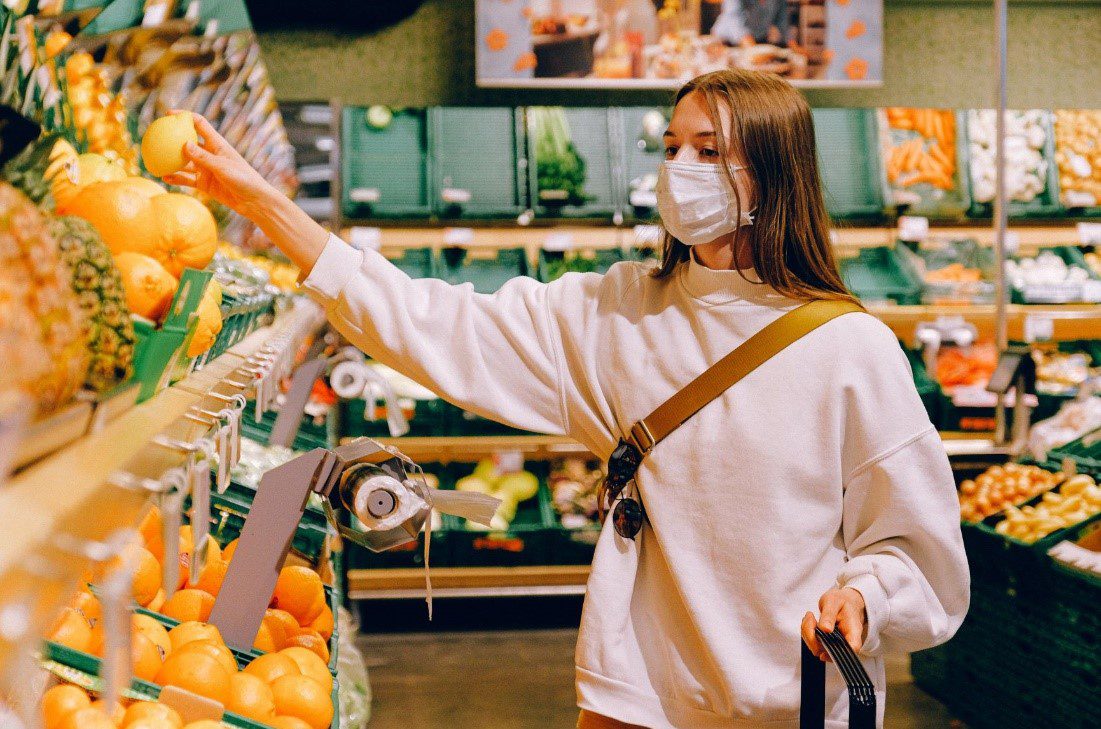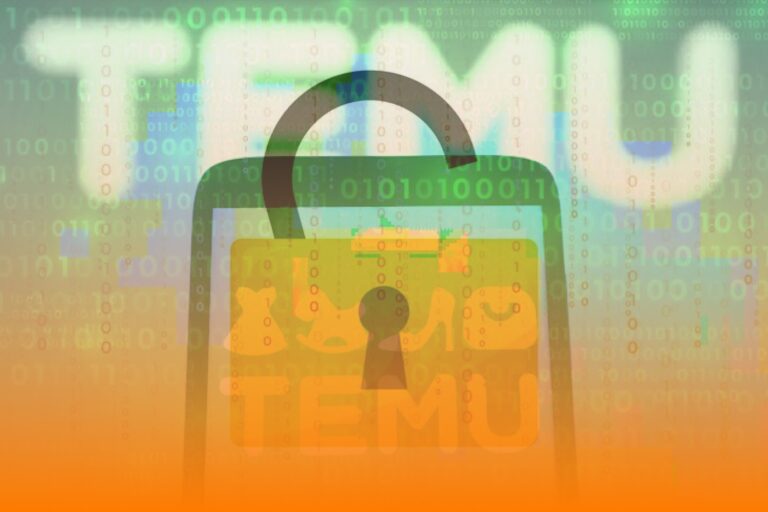Will the COVID-19 Pandemic Lead to Perish Traditional Grocery Shopping?
COVID-19 is likely going to redefine grocery shopping in more ways than one. Convenience has a different meaning now–it is less about saving time and more about survival and safety. Before the crisis, barely anyone ordered online, and many Americans wondered why someone would ever order food online.
The in-store shopping experience is switching erratically in the COVID-19 era. Most grocers have reduced shopping hours to give employees a rest and allow for stores to be thoroughly cleaned. Plexiglass barriers at checkouts are being installed, and grocers are limiting the number of shoppers allowed in a store at one time. This is shopping under pressure for the betterment of society.
For many years, the industry wanted to provide a different feel to make the in-store experience more pleasant, less stressful. COVID-19 is changing all of this. When looking at the entire food chain, retailing has always been the most hazardous part, given that everyone has access to the foods, unlike farming or processing. In an era during which risk self-management has never been so prevailing, Americans are beginning to figure it out.
The salad bar, the soup bar, the olive bar. The free samples. The leisurely time spent strolling through the produce section, touching meat to check whether they are fresh. All of that is vanished amid the coronavirus pandemic, which has turned a trip to the grocery store into a monumentally stressful experience for many shoppers. Like other catastrophes, the havoc left by the coronavirus will leave people with lasting changes affecting all aspects of their lives, groceries no exception.
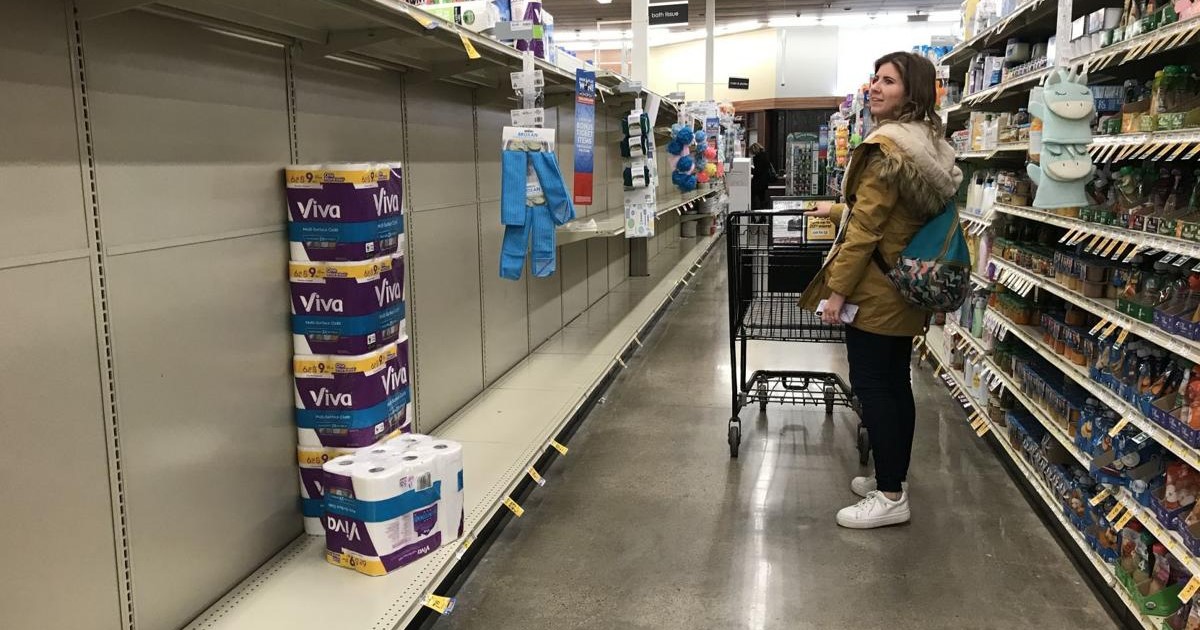
“People used to love going to the stores and seeing their friends,” said by Phil Lempert, founder of Supermarket Guru and consultant who has followed grocery shopping trends for three decades. He expects to see changes in the operation of grocery stores as well as changes in how shoppers buy products.
Sanitation will be at the top of the list for stores, with Plexiglas cashier stands continuing to be the norm, along with innovations like antimicrobial checkout belts and hand-sanitizing stations. In addition, aisles will be made wider so shoppers do not feel crammed in, and contactless payments will be encouraged. In the produce section, it is expected to see more prepackaged items.
The Emerging Trend of Online Grocery Shopping
The outbreak of coronavirus is driving Americans to buy their groceries online, a development that could have a lasting impact on the supermarket industry.
While shopping for books and electronics online and ordering dinner through delivery apps have become staples of American life, most customers still prefer to purchase their meat and vegetables at the store. According to Nielsen, roughly 4 percent of grocery sales in the United States came online in 2019.
Before the coronavirus outbreak started, online grocery sales in the U.S accounted for a small portion of the sector overall, with 3 percent of grocery spend happening online and around 10 percent of US consumers using these services frequently.
The market was, however, in growth mode – its value doubled between 2016 and 2018 and more convenient ways of shopping online, such as buy online and pick up in-store services, were becoming more prevalent.
Nevertheless, with shoppers stuck in their homes in the wake of the virus, online grocery shopping is exploding. Downloads of Instacart, Walmart’s grocery app and Shipt increased 218 percent, 160 percent, and 124 percent respectively compared with a year prior.
Consumers has poised for more digital grocery shopping. Amid the pandemic, delivery and click-and-collect shopping – the consumer orders and pays online, then picks up food at the store has gone through the roof.
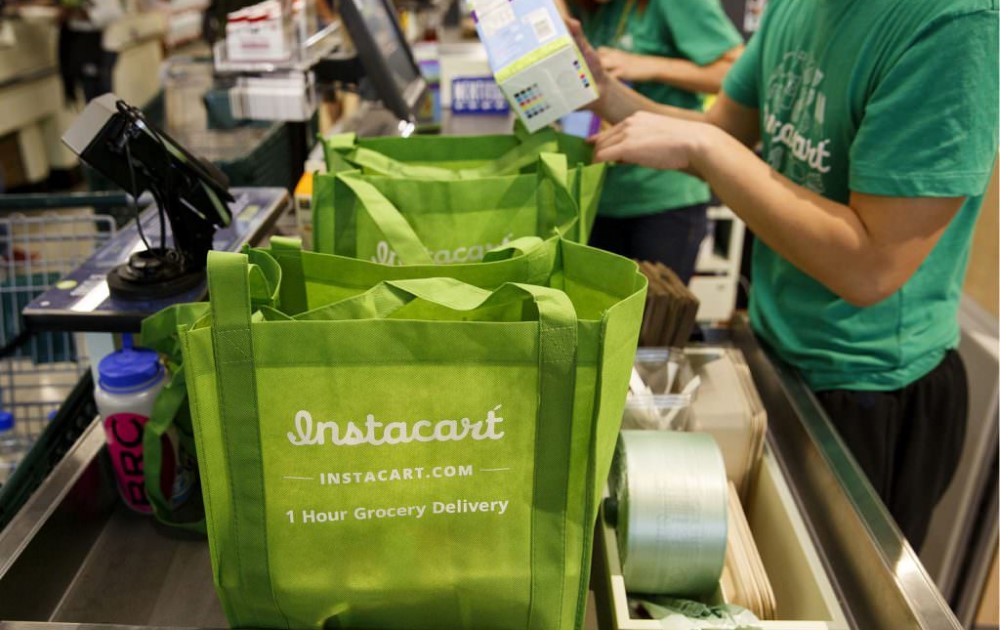
“We are seeing a larger percentage of customers over the age of 60 that are coming online,” said JJ Fleeman, chief e-commerce officer for Ahold Delhaize in the United States, which owns brands like Stop & Shop, Food Lion and the online delivery service Peapod.
“Consumer behaviors always shift in times of disaster,” said by Doug Baker, vice president of industry relations at FMI, a trade group for food retailers. “People are learning new skills and how to shop online as a result of what we’re experiencing today.”
Big grocers like Walmart, Albertsons, Stop & Shop, and others have been deploying with new ways to fulfill online orders in recent years. They have increasingly looked to technology to reduce costs and keep aisles from jamming up with shoppers and workers picking customers’ orders.
Grocers have been building automated mini warehouses inside their stores. Interestingly, some supermarket chains have created ghost grocery locations – fulfillment centers that are closed to closed to customers to make deliveries and prepare pickup orders.
Yet the crush of demand in the wake of coronavirus has overwhelmed grocers’ delivery and pickup networks, causing long waits, cancellations and outages in some regions. “The surge in online grocery orders is causing operational difficulties,” said Bill Bishop, CEO of grocery consulting firm Brick Meets Click.
Customers are already complaining about not being able to book slots for delivery or pickup for several days or even weeks in some cases, and if this is not addressed, people could lose interest.
Moreover, the length of the pandemic will likely play a part too. The longer the pandemic prolongs, the more likely online shopping for groceries becomes more cemented in many people’s daily lives. Additionally, it also gives the providers more time to improve their service.
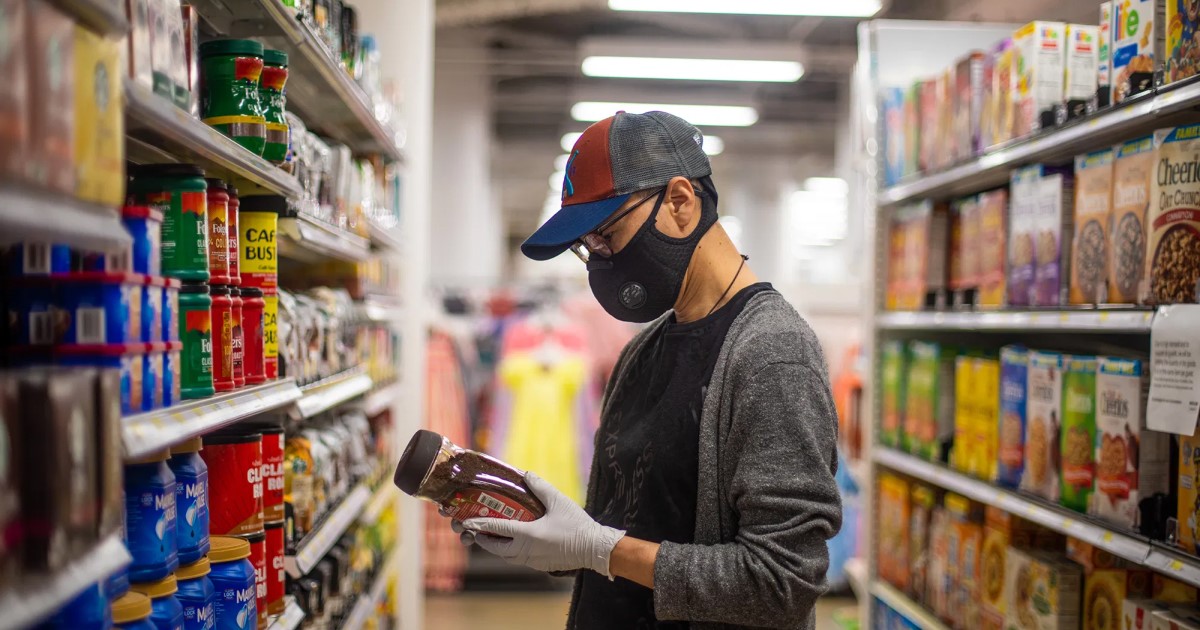
Grocers are scrambling to adjust and hiring workers to keep up. Fleeman from Ahold Delhaize said the company was adding web servers to process the increased demand and offering more windows for customers to pick up their orders or get delivery. This shift online during the crisis may reshape the supermarket industry by helping large grocers consolidate their grip, experts predict.
“We see this unfortunate period accelerating structural changes in consumer shopping,” said by Seth Sigman, analyst at Credit Suisse.
Consumers adopting online grocery shopping may add to the pressure small and medium-sized grocers already face. These smaller chains do not have as much capital to invest in building out their delivery infrastructure. And delivery is less profitable for grocers than traditional purchases in stores.
Coronavirus might hasten the adoption of online delivery and pickup, touching off long-term challenges for smaller chains earlier than expected, said by Kelly Bania, analyst for BMO Capital Markets.
For many, a trip to the grocery store is a respite from daily life and when consumers do reemerge from the crisis, there is a chance they will want to get out, and one of the first places they will go is the local grocery store.
Grocery Stores Rising to Meet The Shopper Needs
The severe economic impact that COVID-19 has wrought nationwide has many households worried about their ability to feed their families.
According to the study, 20 percent of shoppers are not sure if they will have enough money to pay for food, and half are extremely concerned (25 percent) or somewhat concerned (25 percent) about having enough food for their household.
Furthermore, consumers have worries about returning to their normal in-store shopping regimens. Of potential concerns, 70 percent of shoppers cited becoming ill, 57 percent named out-of-stock items and 38 percent said rising prices.
Customers would be more likely to use a food retailer that sanitizes stores, carts and checkout; limits the number of shoppers in stores; offers special hours; reduces employee handling of food; and provides a steady supply of fresh produce and meat.
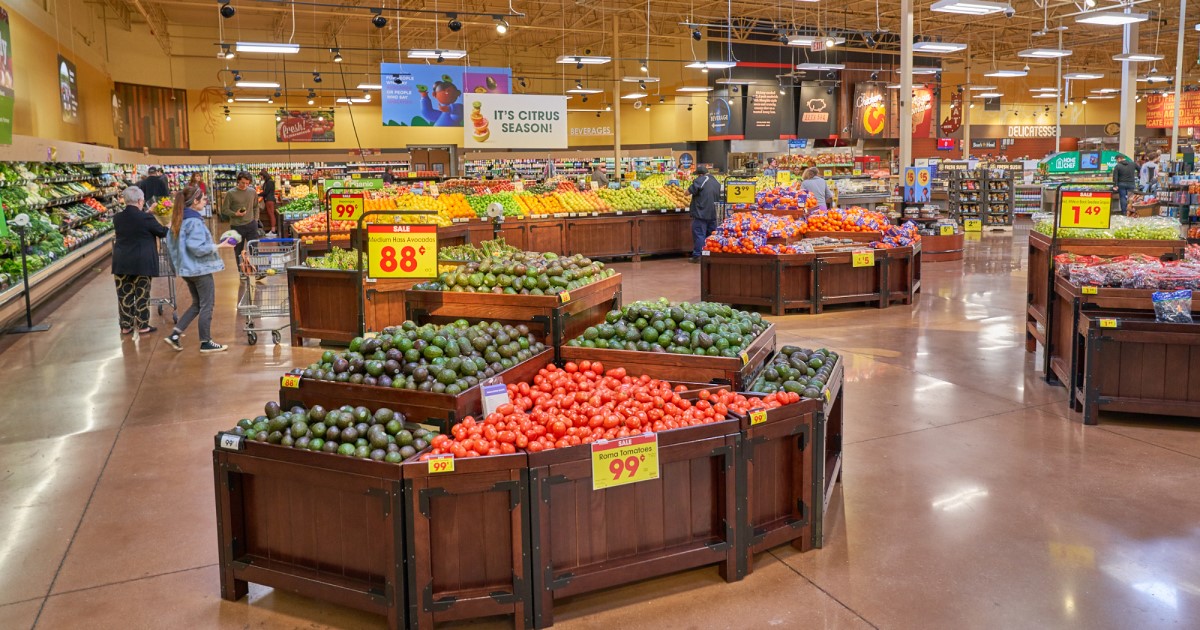
So far, customers seem satisfied with grocery retailer’s COVID-19 safety and operational measures. Through late April, on a scale of 1 to 10, 73 percent of shoppers rated their primary store’s response to the pandemic an 8 to 10, while 24 percent rated it at 4 to 7.
“In looking toward the future, most consumers expect to return to their pre-pandemic levels of in-store grocery shopping and more than a fourth of consumers expect to be ordering more groceries online in the future,” FMI President and CEO Leslie Sarasin, said in a statement. “The food industry will continue to listen to consumers and let them guide us on how to best meet their changing household needs. Whatever comes next, we know the supply chain is tremendously resilient and that we can flex, pivot and accommodate the demands of the nation’s grocery shoppers.”
The Inception of Dark Stores to Handle The COVID-19-Induced Accelerating E-Grocery Demand
A handful of grocery retailers have flipped some locations into so-called dark stores to adapt to the growth of e-commerce and changes in customer behaviour, but it remains to be seen how widespread the practice will become or how much the trend will stick after the coronavirus threat dies down.
Reductions in store hours to meet local mandates, limits on customer capacity as well as the lack of available pickup slots for online orders are some of the reasons why grocers have been turning retail sites into dark stores dedicated to e-grocery order fulfillment.
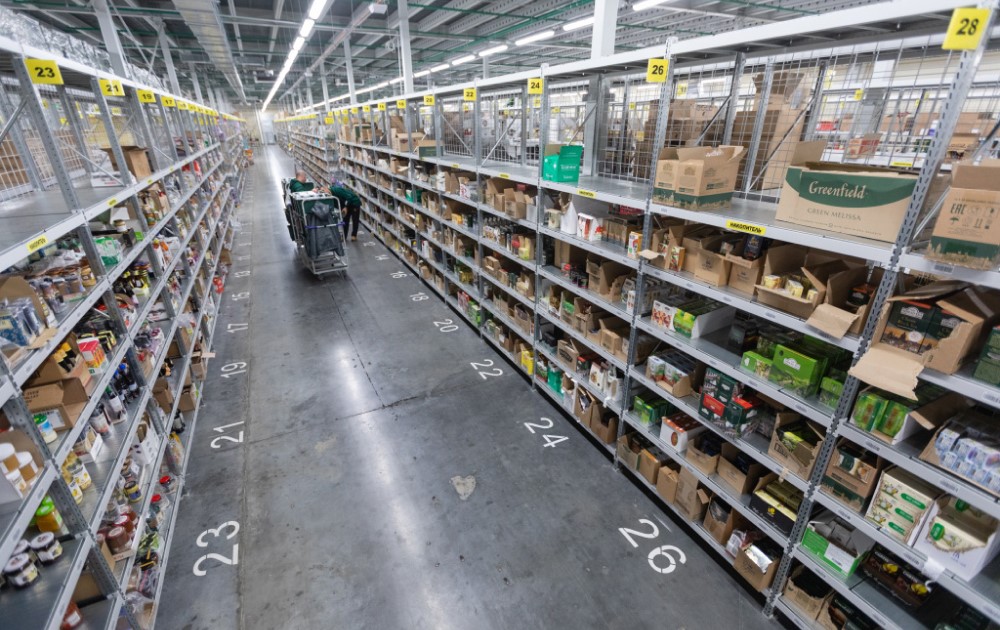
Companies that have taken this step include Amazon with its Whole Foods stores, Kroger at a store in its hometown of Cincinnati, Stop & Shop and Giant Eagle at several stores, including one in Pittsburgh. Stop & Shop had an existing dark store in Whitman, MA.
In addition to some Whole Foods locations, Amazon has also temporarily converted its much-touted new grocery store in Woodland Hills, CA outside of Los Angeles into a dark store; it had been scheduled to open in February. “We will adjust store hours for select Whole Foods Market locations to focus exclusively on fulfilling online grocery orders during this time,” said by Stephanie Landry, Amazon’s vice president of grocery delivery in a blog post.
Neil Stern, an analyst following grocery for consultancy McMillon Doolittle, said retailers who had been basing their e-grocery roadmaps on 30 percent annual growth, representing about 6% of U.S. sales, have suddenly been hit with massive demand that has swamped resources. This has caused them to make an immediate shift in strategy like opening dark stores.
It is also accelerating grocery retailers’ plans to implement automation and other technology investments as the sudden rise in e-grocery demand is not likely to subside completely even when COVID-19 fears die down.
While some labor groups and health experts are starting to broach the idea of shutting down grocery stores to customers entirely to protect both workers and consumers, Stern said the current system couldn’t support a complete flip to dark stores and curbside.
Grocery Stores Adapting to Survive or Be Perished
The pandemic also exposed the fragility of supply chains for items such as meat and toilet paper, areas in which smaller, nimbler grocery stores might be able to excel. Many independent grocers had better luck stocking popular products because of their longstanding relationships with local farmers and suppliers, says Laura Strange, spokeswoman for the National Grocers Association, which represents independent supermarket operators and wholesalers.
When the virus hit, smaller operations were able to quickly pivot to e-commerce and contactless payment methods and put sanitation protocols in place to assure their customers, Strange says.
One small grocer in California called a portable toilet company to quickly set up a hand-washing station for customers to use as they entered and exited the store. They adjusted their operations and shifted to be sure they were providing a safe environment for their customers and their employees.
It is thought that salad bars and hot food bars will vanish for now, though its anticipation does not rule out a comeback after there is a vaccine or drug therapy for COVID-19.
The big winners for now are likely to be grab-and-go prepacked deli items and meal kits that will allow people to dine at home, where they feel safe, eating food that is easy to prepare

